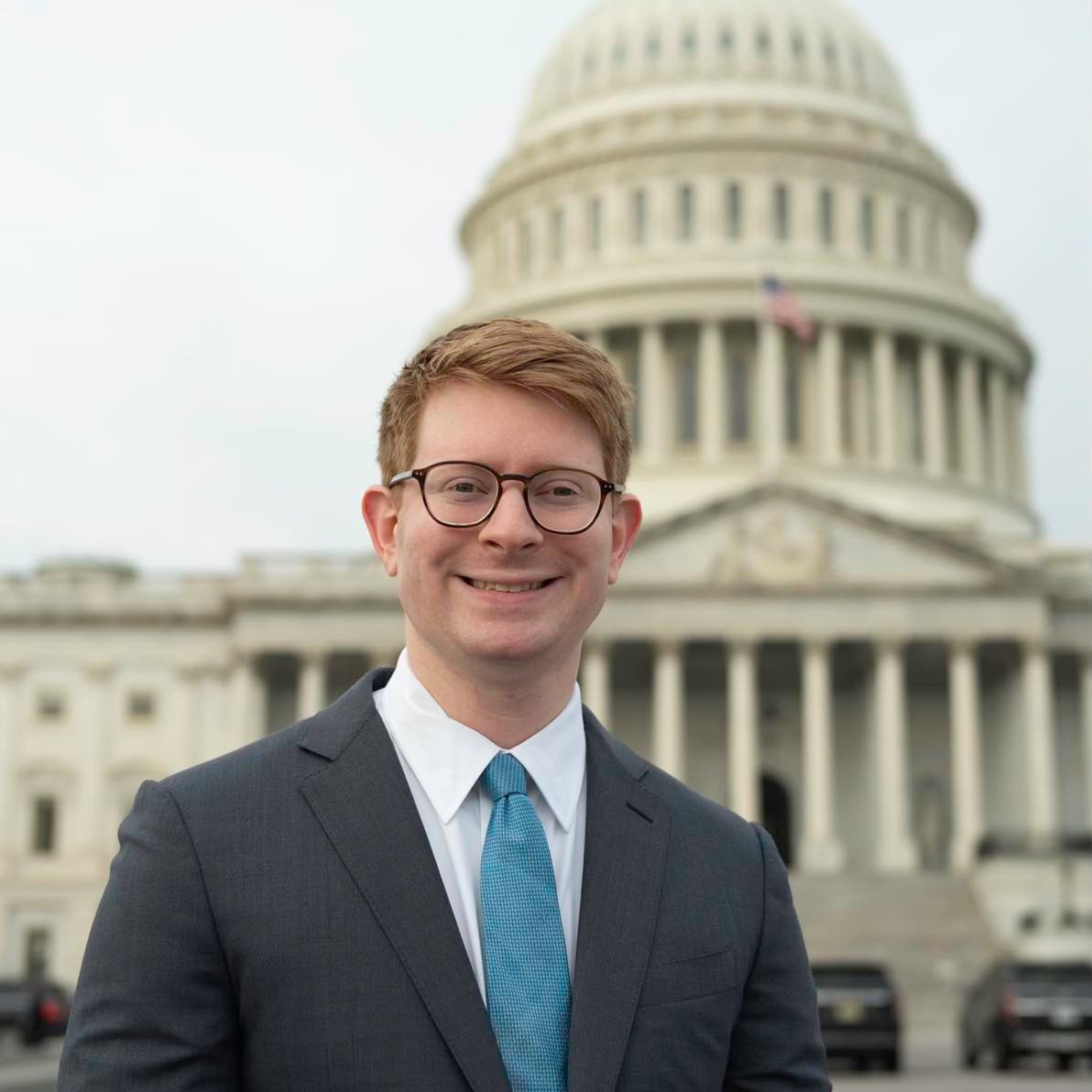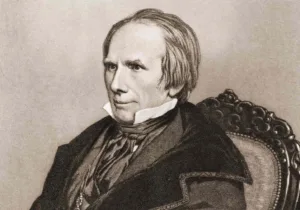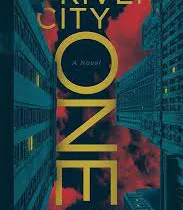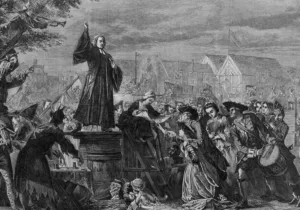In Plato’s Republic, what begins as an examination of the virtuous individual quickly expands to encompass the idea of an entire city ruled by justice. Such a city, argues Socrates, is necessarily but an enlarged reflection of the virtuous individual; contra the modern paradigm that takes the good of persons and their communities separately, Plato believed the people and their polis are morally and metaphysically indivisible. In Till We Have Built Jerusalem: Architecture, Urbanism and the Sacred, Philip Bess follows the same premise but in reverse; beginning with the question of what defines a good city, Bess argues that the virtues a society wants in its citizens must inform the answer.
Till We Have Built Jerusalem is a challenging book for daring to discuss the connection between ethics and aesthetic theories of architecture and urban design, what Bess calls our “built environment.” Though writing as an architect, Architecture, Urbanism and the Sacred is philosophically dense and borrows heavily from Alasdair MacIntyre to support its grand claim: according to the natural law and Christian theology, some urban layouts and aesthetics are objectively better than others. Therefore, the obligation to build better cities necessarily follows from the belief in objective moral order. Partially about aesthetics, social science, ethics, and theology, across 18 essays Bess paints an appealing portrait of what the future could hold if we take our physical surroundings seriously.
Bess has no shortage of ideological opponents. This is true both from within the Congress for the New Urbanism, the primary New Urbanism organization of which Bess is a heterodox member, and without. New Urbanists believe:
neighborhoods should be diverse in use and population; communities should be designed for the pedestrian and transit as well as the car; cities and towns should be shaped by physically defined and universally accessible public spaces and community institutions; urban places should be framed by architecture and landscape design that celebrate local history, climate, ecology, and building practice.
This form of built space was common in the United States pre-World War II and continues to be in most of Europe. The easiest way to visualize this is the “urban transect,” a 1-6 scale categorizing density and zoning from rural (T1) to exurban (T2) to suburban (T3) to urban (T4-6). The transect shows up naturally in many parts of the world, but in post-WWII America suburban sprawl has unfortunately become normal. Before, we enjoyed “comparatively crowded cities characterized by a dense building fabric containing a mix of pedestrian-proximate uses relieved by open space (both in the city as plazas, squares, greens, parks and public gardens, and beyond the city as open landscape)” while now we have “a crowded landscape in which the various activities of daily life have been by law zoned apart from each other and rendered accessible only by automobile.”
The late-twentieth and early-twenty-first-century tendency toward sprawl has caused a number of problems. These include material issues like demobilizing and disenfranchising anyone who can’t afford or operate a car, mostly the young, old, and poor; increasing air pollution; and discouraging walking. But in addition to these empirically measurable problems, there are also social and cultural costs to sprawl. The concentration of wealth and poverty leads to class homogeneity in neighborhoods, making solidarity across socioeconomic groups much harder. It also causes a “dissociation of daily communal life from physical place, a dissociation that not only fails to sustain both the social reality and the aesthetics of communal life but positively undermines them.” People are more isolated and less civically engaged, and while the wealthy can afford total independence, nobody else can.
Borrowing from Alexis de Tocqueville, Bess argues the American project has always tended toward individualism but was tempered by “the art of association” as well as the family and the church. The car-dependent suburb unleashed the pre-existing tendencies toward inwardness in our society, so New Urbanists argue for a “neotraditional”-built environment. This would entail zoning to prefer the kinds of mixed-use walkable settlements that blend economic classes while putting public meeting places like churches, squares, and cafes near residential spaces. But while there’s agreement among the New Urbanists about the kinds of urban designs that are desirable, there are deeper disagreements about why this is the case.
Andrés Duany is the founder of the Congress of New Urbanists and primary exemplar of what Bess describes as problematic “emotive” New Urbanism. In the opening essay, entitled “Virtuous Reality,” Bess describes two possible scenarios for the future of New Urbanism: the emotivist and the Tocquevillian communitarian. Emotivism is the meta-ethical view that ethical statements do not express propositions but emotional attitudes—directly contrary to moral realism, the belief that ethical statements correspond to objective states of affairs. Alasdair MacIntyre, the philosopher whose work Bess is firmly grounded in, is known for arguing that ethical systems rooted in the secular rationalism of the Enlightenment—such as Millian Utilitarianism, Rawlsian deontology, and Lockean liberalism—are fundamentally emotivist and thus unworkable. As Bess explains in some very long footnotes, modernity abandoned two key Aristotelian-Thomistic concepts: telos, someone or something’s ultimate purpose or goal, and eudaimonia, the state of having achieved that purpose, usually translated as just “happiness” yet with heavier metaphysical implications. The ancient Greek proverb “call no man happy until he is dead” expresses this different sense of happiness; happiness isn’t achieved until one has lived a life of virtue, so no one can achieve eudaimonia
As MacIntyre argues, pre-moderns conceived of happiness in terms of narrative. As opposed to the modern therapeutic idea of happiness as a fleeting emotional state, the classical and medieval sense entailed the fulfillment of a socially contingent function. David Hume, a crucial figure of the Enlightenment, is known for positing the “is-ought” problem: how could empirical statements of fact, presumed the best or only source of knowledge, ever be a foundation for moral claims? Hume’s answer was to pivot to an emotivist paradigm, arguing that “reason is, and ought only to be the slave of the passions.” From this premise it’s clear why normative statements would be exclusively emotional expressions. Yet Hume’s argument from empiricist epistemology to emotivist ethics only works if it rejects what the medievals, Greeks, and Romans took for granted: that man has a defined nature and corresponding purpose according to which he may be morally measured.
This is a lot of philosophical historiography for an architecture book, but its logical conclusion is important: if humans have an objective nature then virtue and goodness cease to be matters of opinion. And, if there’s an objective way humans ought to be, then there’s an objective way our cities must be built to facilitate human flourishing. Bess’ problem with Duany and most New Urbanists is that they reject the idea of human nature and instead ground their urbanism in personal (emotivist) preference; most people, regardless of their social, economic and cultural position, have naturally gravitated toward the urban transect. Yet Duany’s argument for the transect fails to account for Hume’s is-ought problem: though it is empirically true that humans have tended toward the transect, from where does the ethical ought stem from?
As stated before, there are non-teleological reasons why neotraditional urbanism is desirable: more walking, less pollution, fewer cars, etc. Yet none of these are normatively compulsive; the desire to live in a communal environment is simply one more consumer preference, no more binding than any other because “de gustibus non est disputandum,” or “in matters of taste there can be no dispute.” The poor won’t get new urbanism because there’s no financial incentive to urban socioeconomic diversity. Of course, the wealthy may notice the advantages of new urbanism; they are certain to be drawn in. Thus, Duany’s rhetoric will bring “merely one more aesthetic option for the private lives of a relatively wealthy and elite class of people.”
Unlike Duany’s emotivist urbanism, communitarian New Urbanism sees urban design as a necessary means to facilitate community rather than a matter of personal preference. If America values Tocquevillian civil society, then traditional urban planning cannot be left up to the market. Bess believes “one can be a proponent of free economies but nonetheless view them as a function of and properly constrained by civic culture… For neither Randian-Libertarian self-interest nor laissez-faire capitalism are capable of or interested in the creation of a beautiful and shared public realm.”
Within contemporary architecture, Bess’ views are actually quite extreme relative to the prevailing zeitgeist. In the essay “After Heroes: Nietzsche or Chesterton?” Bess contrasts the trope of the “heroic genius artist” that most modern architects look to with the older sense of obligation to and continuity with artistic tradition. Bess uses Nietzsche as his archetype of the “modern romantic character-ideal: the heroic artist/warrior… who goes through life making his own rules.” This has been the explicit or implicit goal of modern art, including architecture, since its inception: the dethroning of established aesthetic traditions and hierarchies for the sake of innovation and perpetual change. The ability of individuals to craft their own self-made image of beauty regardless of how it disrupts the established order. The disruption is usually the point.
By contrast, the English Catholic writer G.K. Chesterton represents deference and humility toward history, community, and God. Triumphant individualist heroes, in their striving to replace the old order, must create ever more avant-garde art and architecture to continue the march of modernity. Yet “although good traditions require heroic individuals, good traditions cannot be sustained by a culture of heroic individualism.” But what would a city designed to reflect the virtues commensurate with respect for and continuity with our moral and aesthetic inheritance?
The formal order of a city—how it’s laid out and what its buildings look like—inevitably mirrors and shapes the moral order of the city. For this reason, the most prominent buildings have historically been institutions that sought “to educate individual citizens in various moral and intellectual virtues, and to encourage among them a sincere and willing regard for the common good.” Schools, courts, churches, government buildings, museums, and generally any other shared space by and for the community tend toward monumentalism as a claim of moral legitimacy.
It’s more than a little depressing to consider that in another century the most beautiful and noteworthy buildings were civic institutions, democratically responsible to the people, and churches open to all. These of course have long been overshadowed by commercial and residential high rises, accessible only to the very wealthy and their servants. These “capitals of capital,” as Bess calls them in his talk “Cosmography in the Modern Metropolis: Marking Sacred Order,” are essentially amoral, created for the gratification of the mega-corporations that will finance and lease office space. Yet Bess isn’t arguing capitalism is inherently immoral for producing ever more indistinguishable mini-Manhattans nor that the biggest building must always belong to the government. But he is saying that the order of a city will inevitably reflect something, whether it’s civic virtue or individualism.
An easy example of this is the way churches have historically fronted public squares and other highly visible locations, like on 16th St. in Washington, DC, which extends the cruciform shape of the Mall all across the city. The best example is perhaps the Burnham Plan of Chicago, created in 1909 with the goal of reordering Chicago around a defined civic center. The proposed layout, with a neoclassical civic center, would have anchored the city instead of the central business district, the Loop. The 1909 plan progressed until the 1930s but was mostly abandoned post-WWII. But ironically, where the Burnham plan called for the formal, geometric center of the city to be a civic building and square, that space instead became Jane Byrne Interchange. The contrast between a city centered around a civic palace versus a highway interchange encapsulates Bess’ overarching premise: we shape our cities, but then they shape us. So what kind of people do we want to become?







 Sponsor a student for Christianity & National Security 2024
Sponsor a student for Christianity & National Security 2024